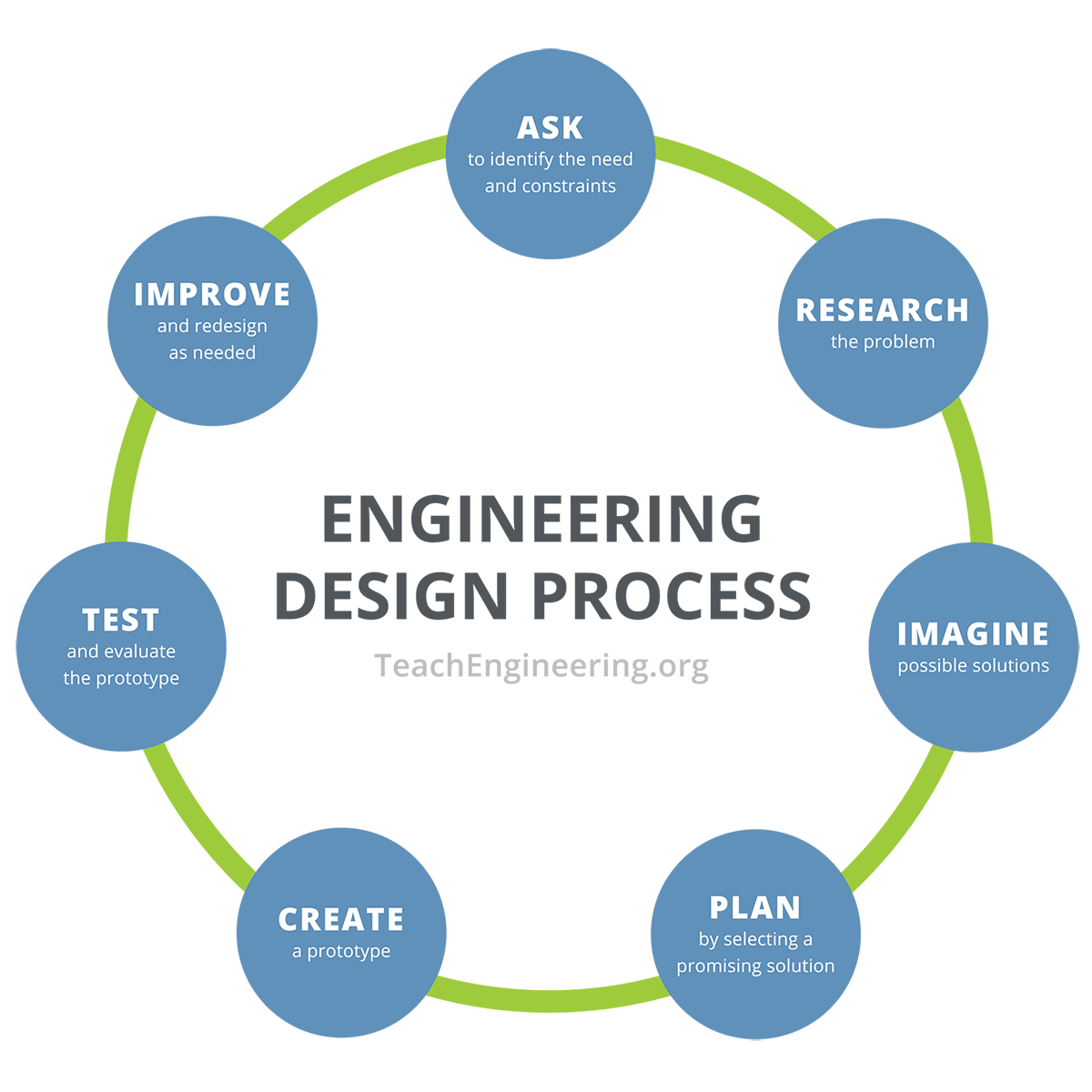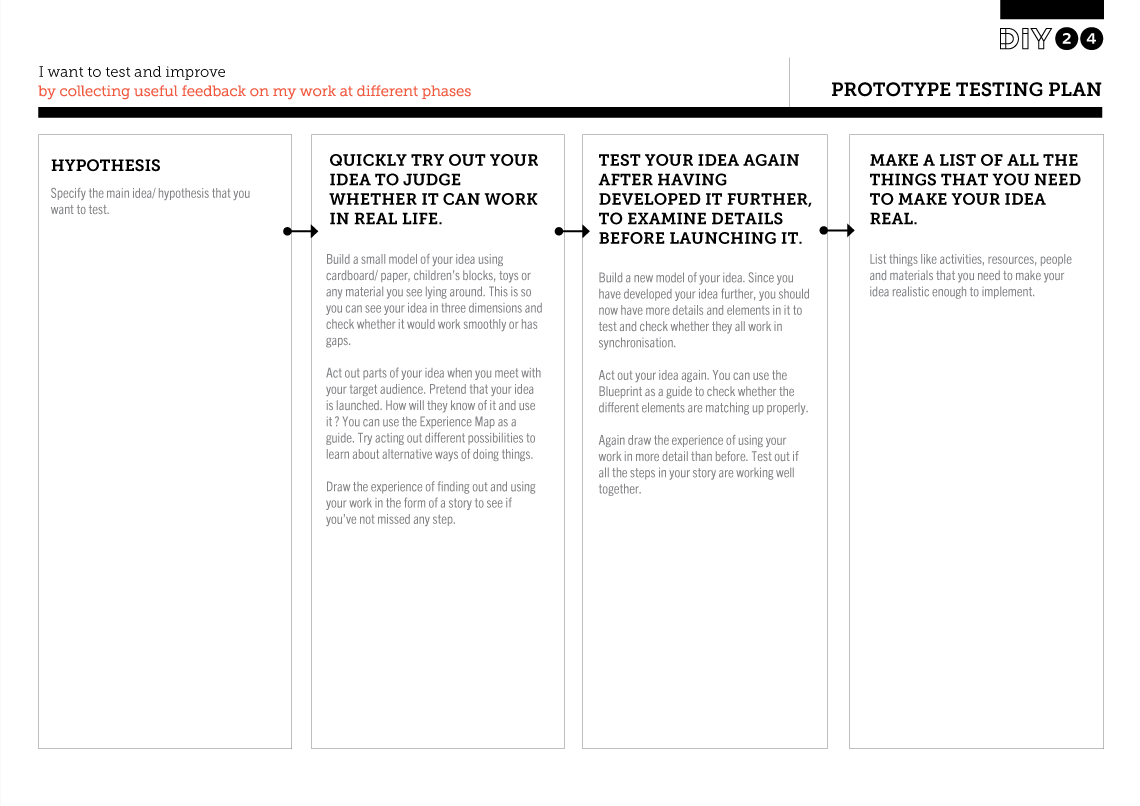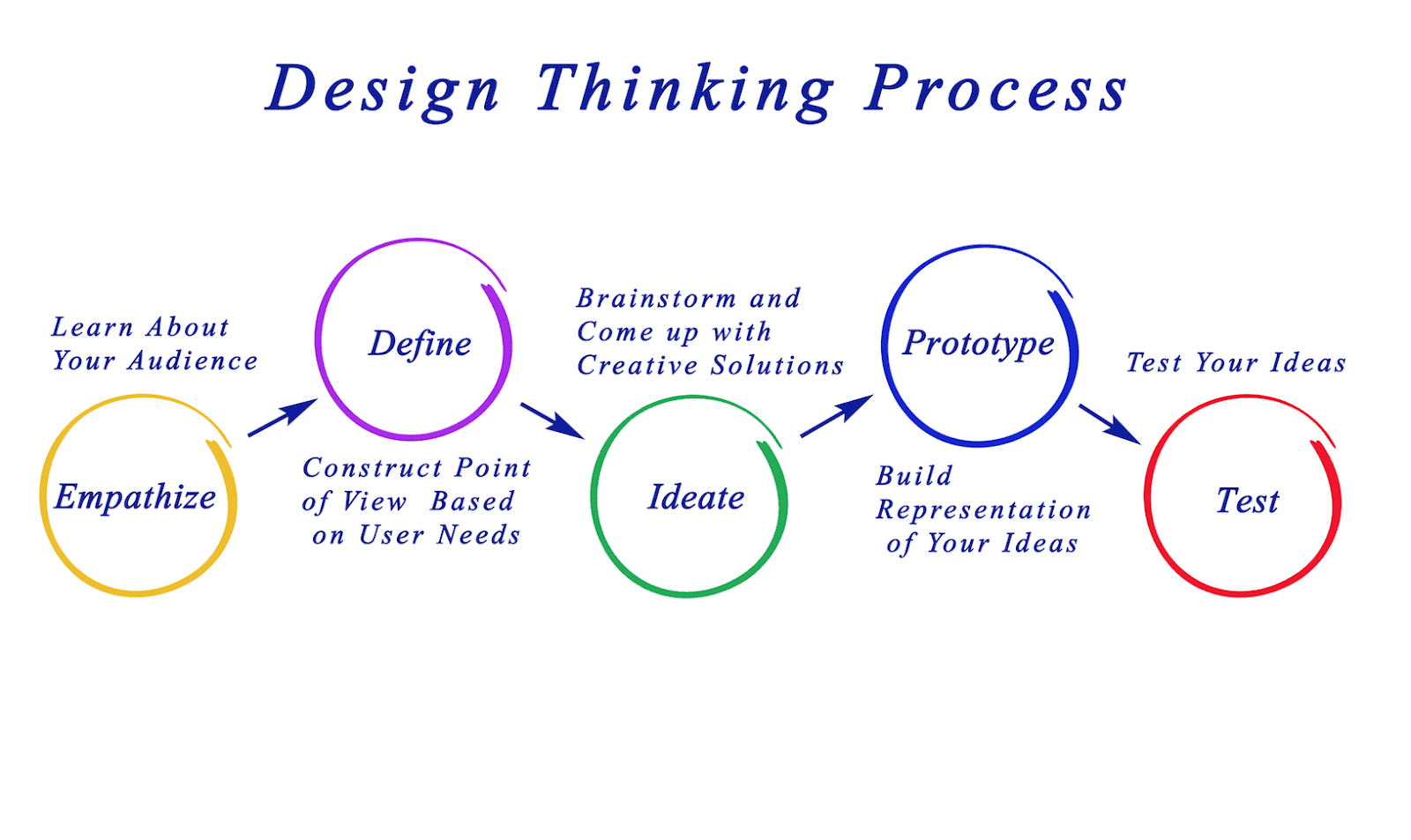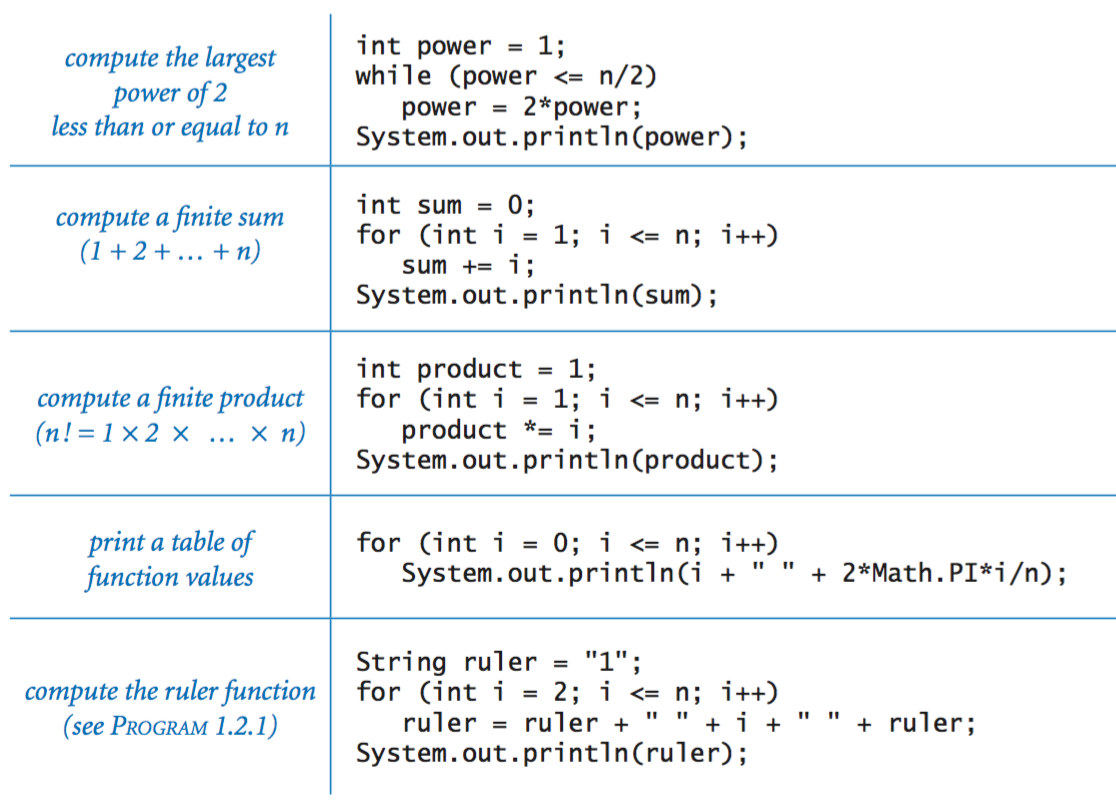The main difference between an Architect and an Architectural Designer is that the Architect is responsible for the creative aspect while the Architectural designer has the practical ability to create blueprints/ layouts and also has the knowledge of the technical aspect which is needed when designing a building. As an Architect you are generally involved in the planning, designing, and construction of buildings. On the other hand as an architectural designer you are involved in the conceptualizing and designing of buildings from the technical aspect.
The Architectural Designer has to deal with the clients directly and has to meet their needs. Since it is usually the architect who designs the building in consultation with the client, the Architectural Designer must be very creative and must be able to work closely with the clients. This is one of the different roles in the construction industry and is normally held by the best Designers. The Architectural Designers also have to work closely with the structural engineers in order to get the best designs and build. Once an Architect’s design is ready, it is implemented through the structural engineers using building foundations, steelwork, masonry, and the likes.
So what is the difference between an architect and architectural designer? The answer is that Architect is a kind of professional who designs the structures to the Architectural Designers create the blueprint drawings. It could be said that the Architectural Designers is more responsible while the Architect is more hands off. So what is the difference between an architect and architectural designer? It is just a name.
What does it mean to evaluate a solution?
When you evaluate a solution, what does it mean to you? It means that you have done the research, the planning, and have made the decision. Evaluating the market, your customers, and your competitors takes a lot of thought and planning.
What does it mean to evaluate a product? It means that you have tried the product, found it meets or exceeds your requirements, and have decided to sell it. The product may have a long development process and go through several product design and testing phases. You must carefully evaluate the end result before you can make a decision to sell it.
What does it mean to evaluate a service? Evaluations of services start with an assessment of the current state of the market. The purpose of this exercise is to determine the demand for your product line. It includes an assessment of your service, the existing products and services in your service category, the competitive landscape in your market, and the costs of servicing the market. those for product vendors: an assessment of your product, an assessment of your pricing strategy, an assessment of your sales mix and a comparative analysis of all of these factors. Next, the technology vendor must develop a plan to improve the quality of their offerings and to make them more competitive in the market. Finally, they must show how their plans will mitigate the risk of investing the resources necessary to implement their new offerings. In other words, the vendor must demonstrate their commitment to the value of their technology in relation to their financial statements.

What do you mean by outsourcing web design?
When most people hear about outsourcing, the first thing they think about is IT outsourcing – buying a computer and using it for your entire business. However, if you’re more concerned with how IT outsourcing is being used in the context of web design, then that’s a whole different story. Many people are starting to realize that in many cases, what they’re paying someone else to do for them isn’t necessarily what they’re paying someone else to do for themselves. What do you mean by outsourcing web design? In general, when someone is hiring a web designer or someone who creates websites for people, they’re typically hiring someone who speaks their language, understand their business, and who can deliver on a variety of different needs that arise over time and through their business.
The challenge that arises when you hire an IT professional, especially one who goes through a web design outsourcing company, is making sure that you’re getting the most out of your money. The good news is that there are companies and individuals who are able to provide IT outsourcing services. For example, there are web design companies who offer web hosting packages and there are individuals who offer freelance programming services. You want to find a company or individual who has the skills you need as well as the technology to help you meet your goals.
Just because an IT professional is offering outsourcing services, however, doesn’t mean that you have to go with them. You might be surprised to learn that some individuals are capable of providing the kind of web design services you need but you may not realize it. What do you need to do to determine whether or not the person is right for you? One way to do this is to ask for some of his or her past work. What do you have to lose? Of course, if you don’t like what you see, you have to make the decision to go with someone else – but that doesn’t mean you shouldn’t look at their past work, either.











